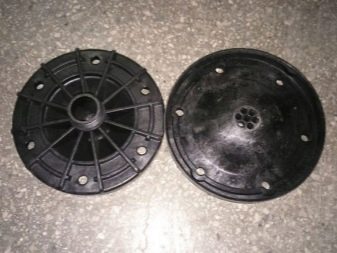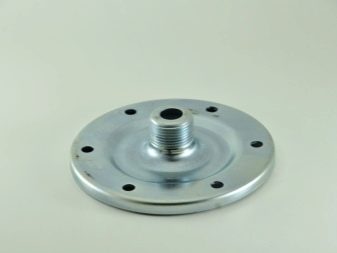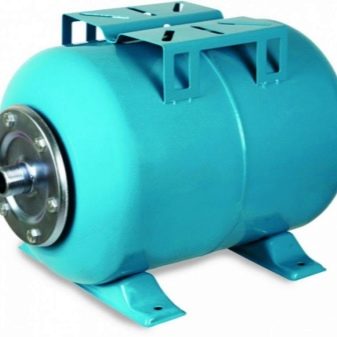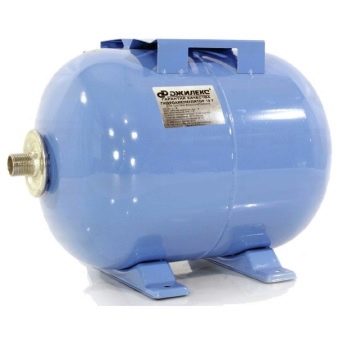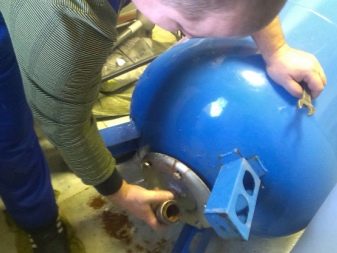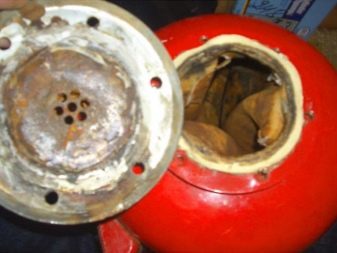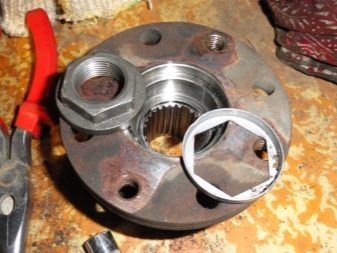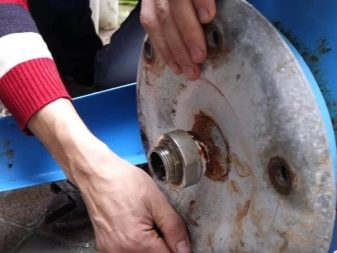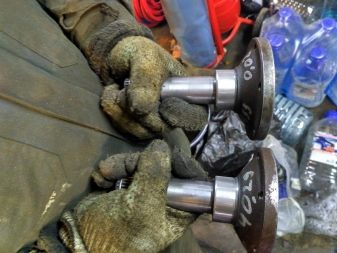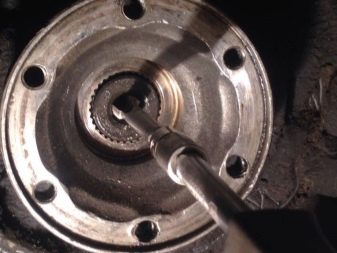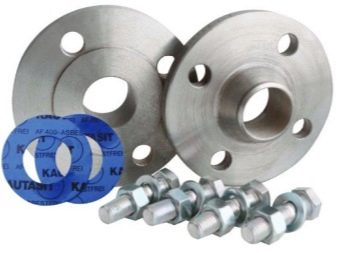Flanges for hydroaccumulators: features of operation and replacement
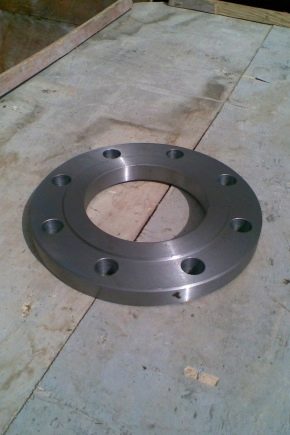
A hydroaccumulator is an equipment based on a metal vessel under pressure. It serves to accumulate the energy of a spring or compressed gas and transfer it through the flow of fluid into the hydraulic system. In other words, a hydroaccumulator serves to maintain pressure in a pressurized water supply system and is one of the most important elements of a water supply system in many private houses.
Description
Accumulators are divided into several types. For example, in terms of volume they are produced 24 liters, 50 liters, 80 liters and others. And also there are horizontal and vertical models. The diameter can also be different - from 120 mm to 670 mm. The accumulator can perform functions such as:
- protect against changes in pressure in a fluid, which usually occurs due to a rapid change in its velocity;
- make the process of water supply automated;
- provide a minimum supply of fluid;
- reduce the number of inclusions of equipment.
It often happens that pumping stations fail. As a rule, this happens with cheaper models, since manufacturers often save on their production.
Service
Like any other equipment, hydroaccumulators need maintenance as well as repairs in case of faults. In order not to miss the moment when maintenance or repair of the tank is required, it is necessary to closely monitor its operation and in case of any changes, proceed to the solution of the problem. In order to increase the service life of the device, it is necessary to regularly conduct certain checks. They will not take much time and there is nothing difficult in them, namely:
- it is necessary to check the pressure of the pump about once a month;
- check for external damage, such as rust, dents. This should be done every 6 months;
- the membrane must be checked for integrity once every six months;
- visually inspect the tank.
Trouble-shooting
Loss of tightness is one of the most common problems associated with a hydroaccumulator. As a rule, this occurs due to corrosion of the counter flange, which fixes the membrane to the accumulator flange itself. The reason for this is the contact of the metal with water, that is, with the electrolyte. But buying a new device is not necessary. In this case, you can call a specialist, although you can replace the flange for the hydroaccumulator when it breaks.
The procedure is short and can be done even by a person who does not have a special education.
Stainless steel flanges are an excellent choice, as they have excellent performance and reliability. Such a component is excellent in resisting chemical and electrochemical corrosion, it can withstand various environmental influences - high humidity, salinity, temperature drops. Replacing the flange may be necessary if water starts to flow out of it. For starters, you can try tightening the nuts on this part, but if that doesn't help,then proceed as follows:
- disconnect the pump station from the power supply;
- flush water from the tank;
- relieve pressure;
- proceed to the removal of the flange;
- to replace the rubber gasket, because it often happens that the tank flows for this reason.
Important: if the replacement of the rubber gasket did not bring results, you will have to purchase a new flange.
Directly the process of replacing the parts is as follows:
- unscrew the hose from the flange;
- unscrew all the bolts around the flange cover and disconnect it from the tank. Most often, manufacturers make this item from the usual cheap metal, instead of stainless steel and high-quality plastic;
- if there is no possibility in the near future to purchase a flange cover, you can try to weld the holes formed on it from rust;
- To do this, you need to clean up the place of welding and very carefully weld the holes with an electrode;
- grind the place of welding;
- Replace the cover.
How to choose?
But just before replacing the part with a new one, it is necessary to choose it. The main criterion is the model of the tank and its name - all this can be found on the nameplate.Other characteristics, such as material, protective coating, diameter, are determined precisely by the specific use of the tank. It is worth reading the reviews of some manufacturers of this equipment.
Italian companies are in great demand - Aquasystem, Aquapress, Varem, Zilmet.
The most common domestic company is Wester. Its bright representative is flange FL 19-24. It is designed for hydraulic accumulators and expansion tanks with a volume of 24 liters with a diameter of 80 mm mounting bore. And also often on sale are Chinese flanges for accumulators from Kitline, but their quality cannot ensure the durability of the product. To change parts, it is better to still buy original products, thus, long-term operation of the accumulator will be guaranteed.
For information on how to choose a flange for hydroaccumulative, see the following video.
